40+ Cat Facts Purrrfect For Trivia Night
It’s not surprising that cats have captivated people’s hearts for so long. Together with dogs, cats have an irreplaceable spot in people’s hearts. That’s because they are enigmatic, autonomous, and endowed with a variety of special… traits. Though they’re all-around strange, the odd explanations for their behavior never seem to faze us, either. Every aspect of them is intriguing, from their sophisticated hunting techniques to their lively personalities.
But these lovely creatures are considerably more complex than they appear. Have you ever wondered which cat breed is the oldest or if it is possible to housebreak a cat as you would a dog? Did you realize that the domestication of cats dates back more than 9,000 years and that Freddie Mercury created an album for his cats? Read on to learn more about the internet’s number one favorite species.
All about cat naps
Approximately 40% of cats sleep longer than 18 hours a day, and more than 50% of cats sleep between 12 and 18 hours each day. And, as they get older, most cats spend more and more time sleeping—compared to when they were younger.
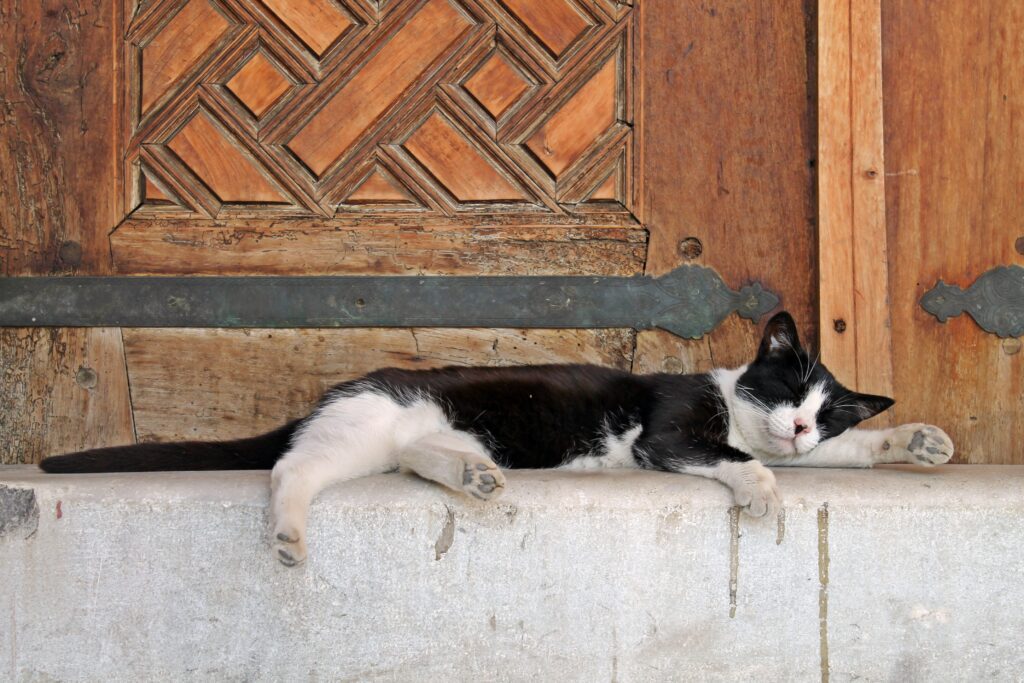
Cats have this polyphasic sleep cycle, which means they sleep more often throughout the day than people do in a single, prolonged timeframe. These cat naps last, on average, 78 minutes. Cats, meanwhile, frequently doze out for intervals of 50 to 113 minutes.
Why do cats prefer to be boxed in?
Cats enjoy boxes for a number of reasons, although safety and security rank high on the list. Every animal has a unique way of dealing with stress. A cat will use boxes to relieve tension. It allows them to withdraw to a secure, enclosed area.

From there, they can monitor their surroundings without being seen, particularly when they are feeling overpowered or in distress. In fact, based on a recent research study published in the journal Applied Animal Behavior Science, boxes can really make cats feel less stressed.
Mayor Stubbs
A cat named Mayor Stubbs presided over Talkeetna, Alaska, for almost 20 years. He was the mayor of the 900-person village until his passing at the age of 20 in 2017. He wasn’t the first to have such a position, though.
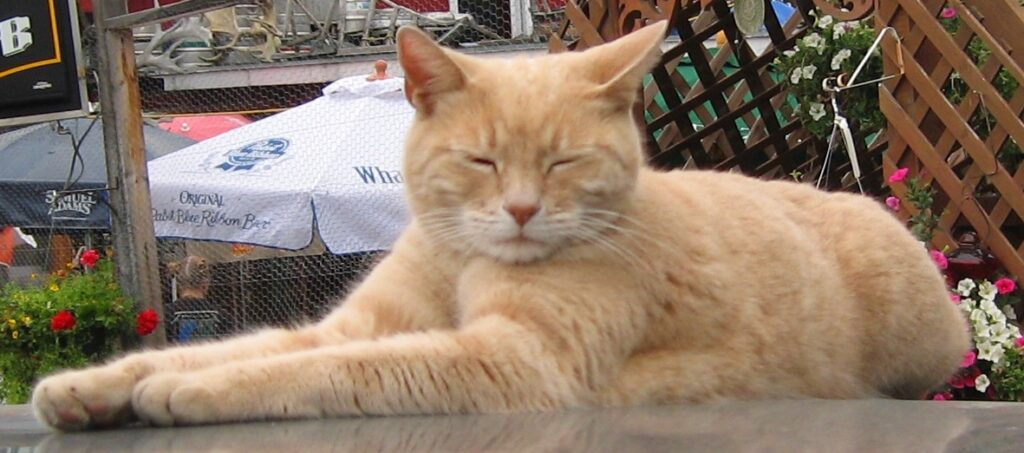
Stubbs and other pet mayors only have symbolic positions. So, who is really in charge of making important decisions in these towns? One likely theory is that a broader governmental agency oversees such areas because the bulk of these communities are small.
Cats know how to create (and solve) problems
Cats pick up new skills through observation, mimicry, and trial and error. Despite not having bigger brains (relative to their size) compared to their canine companions, cats’ cerebral cortices are larger and more complicated. Complex problem resolution and logical decision-making are both functions of the cerebral cortex.
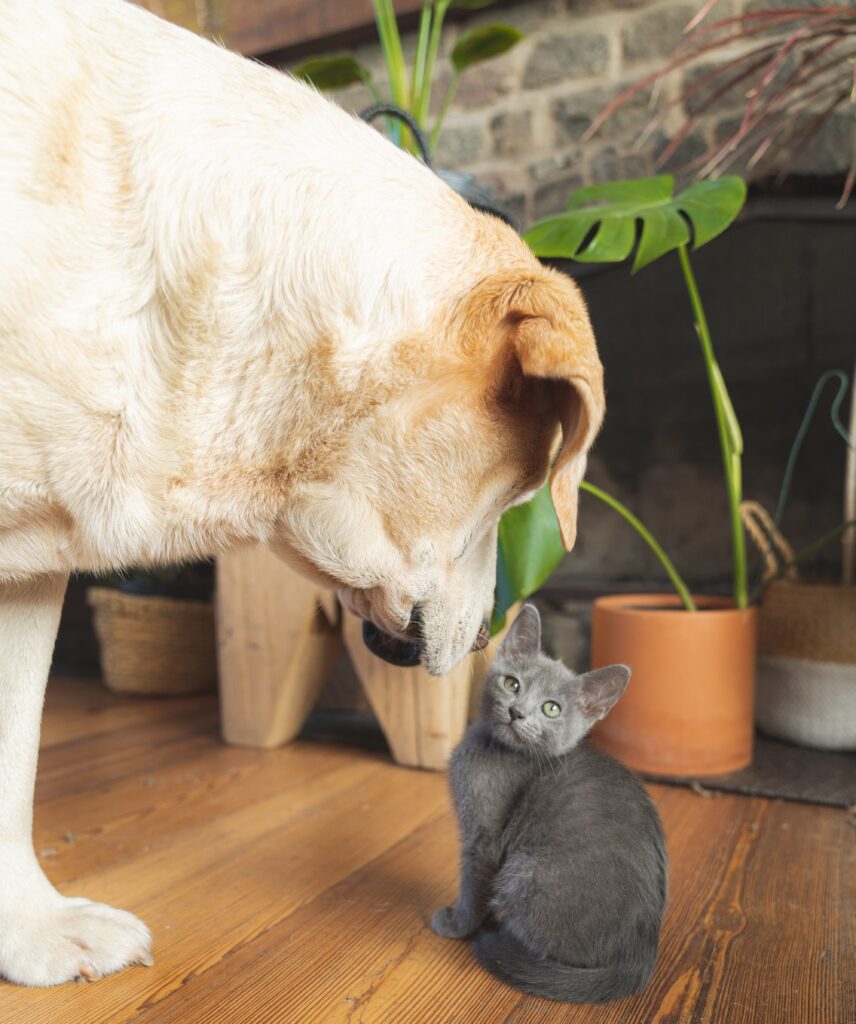
As a result, it participates in action planning and linguistic or other kinds of communication analysis. Additionally, it is in charge of long- and short-term memory storage. That’s why cats can appear to be all-knowing. They have the tools for it.
More proof that we’re the pets, not cats
According to studies, all feral cats that live outside of human settlements do not meow. Just the African and European wildcat, margay, and caracal are known to produce the sound. Thus, the meow is a form of communication used exclusively by domesticated cats.

It’s primarily an adaptive strategy since, if only one party interacted, how could we happily coexist in a home? It’s also important to know that adult cats seldom meow at one another, but kittens frequently do. Instead, they meow to their mothers.
It’s confirmed—tigers and cats are cousins
The tiger, the largest and possibly most terrifying of the big cats, has a 95.6 percent DNA similarity to our beloved house cats. This was just one discovery that came from the recent genomic sequencing of tigers, snow leopards, and lions.

The study revealed that the domestic cat split from the tiger approximately 10.8 million years ago. According to other recent studies, big cats possess genetic changes that have given them the ability to be carnivores—more so than our household buddies.
Research finds that cats actually don’t give a heck
Japanese researchers aired clips of cat owners speaking to their pets in their preferred cat voice. Additionally, they aired clips of three strangers who used the same tone to speak to the cats and the frequency with which the cats adjusted certain parts of their bodies.
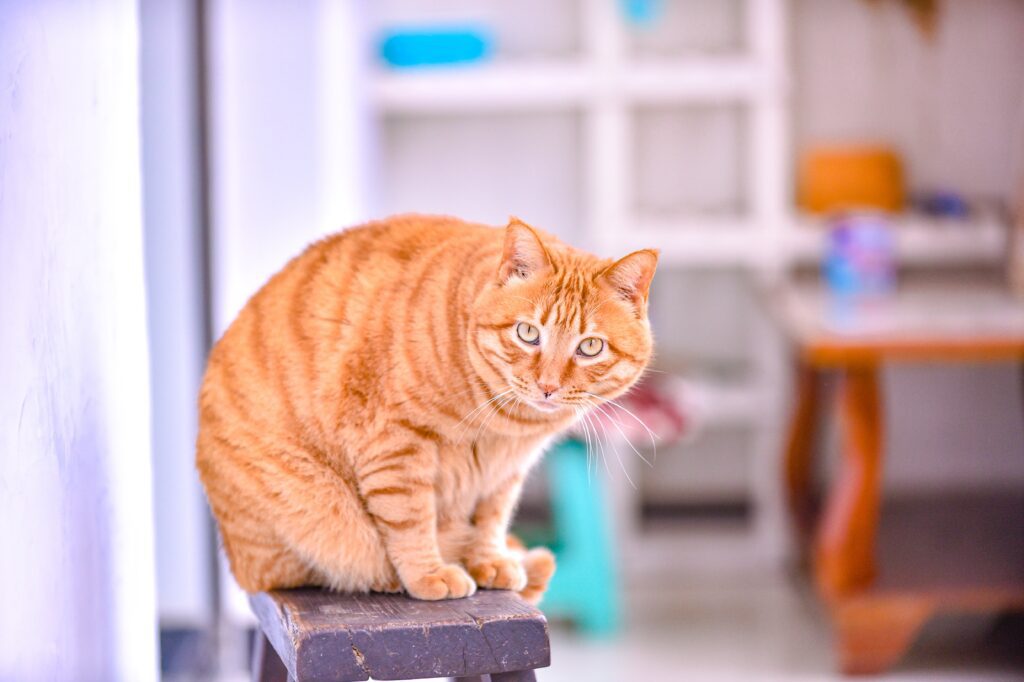
Everything from meows to dilated pupils was monitored by the researchers in order to calculate the cats’ responses. The cats didn’t bother to get up in either case, but they responded to their masters speaking their names substantially more than they did to strangers.
The cat was given an offer it couldn’t refuse
In The Godfather‘s opening sequence, Marlon Brando is holding a stray cat. Francis Ford Coppola, the director, came across her while she was on the Paramount set. Vito Corleone is seen caressing the cat whilst choosing who should be allowed to live, and who should die.

Mr. Coppola believed the cat would assist in revealing the lighter side of the persona. The cat purred so noisily that part of Mr. Brando’s speech was muddled. The majority of his words had to be modified and repeated as a consequence of the happy stray’s presence.
Freddie was the true GOAT
Mr. Bad Guy was created with passion. The meticulous Mercury started working on Mr. Bad Guy in 1983. It took him over two years to finish. All 11 of the songs on the album were written by him; he also performed the vocals and played the piano and the synth.

He also orchestrated the songs and laboriously collaborated with the sound engineers. The variety of Mr. Bad Guy’s character is reflected in him. The CD is dedicated in his liner notes to his beloved cats Jerry, Tom, Oscar, Tiffany, and all cat lovers around.
What do you mean this catnip isn’t good?
According to scientific research, between 50 and 70 percent of cats react well to catnip. Why? It seems to share a genetic origin. A cat would not exhibit the quick reaction to catnip if it was never conceived with the traits that generate such a response.
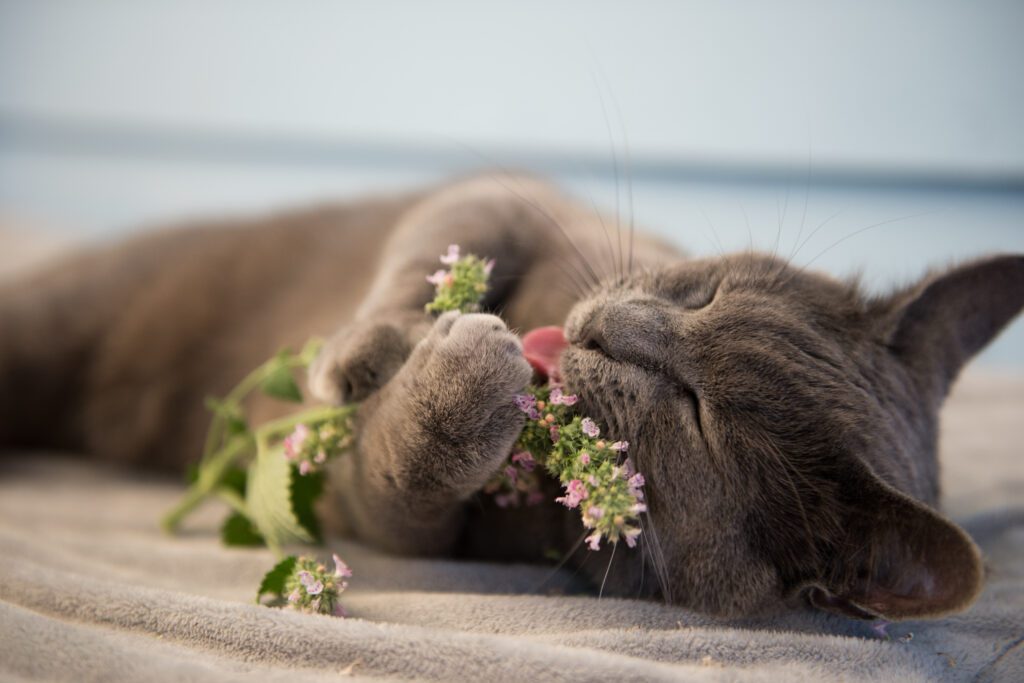
According to research, one in three cats had no reaction to catnip. Seventy-five percent of the cats who didn’t respond to catnip did so in answer to silvervine. Additionally, one out of every three catnip non-responders responded to Tatarian honeysuckle.
How high up can a cat jump?
An adult cat of typical size—determining its height as the distance from its shoulders to the floor—can jump five to six times their height. Cats are often about 12 inches tall as adults. A normal adult cat could jump anywhere between 4.9 and 5.9 feet high.
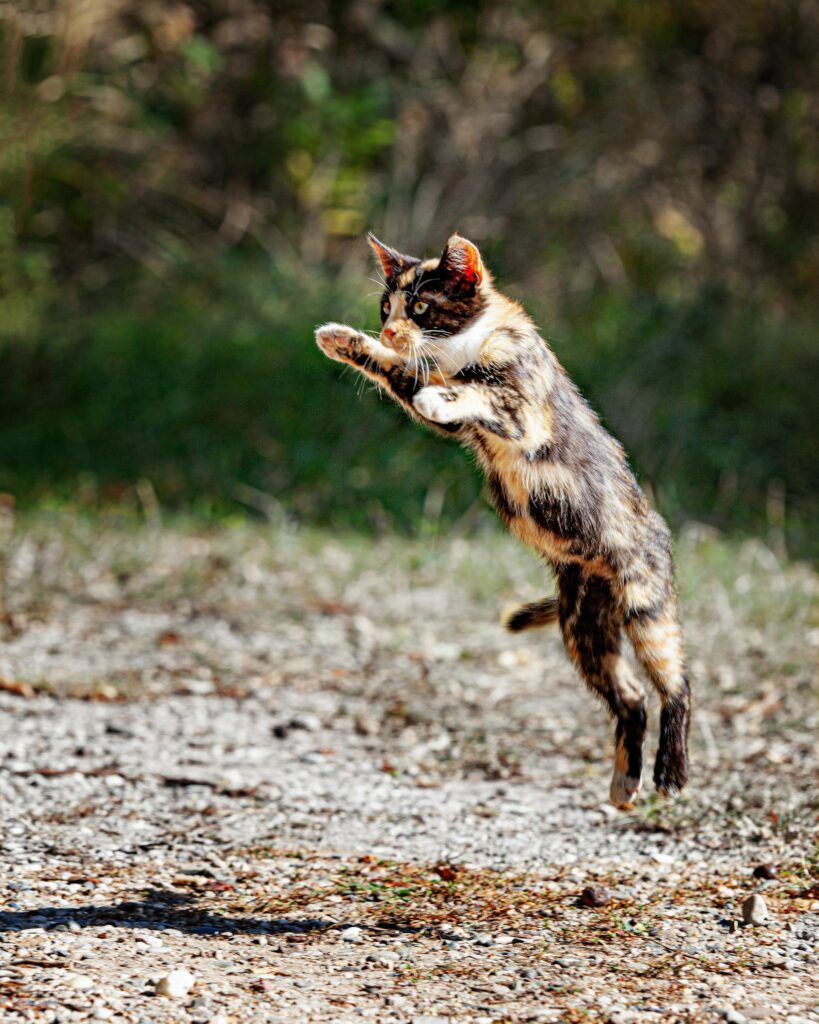
Based on this information that we have here—in terms of height—this would be comparable to a 5-foot-6-inch person leaping about three stories high. So, it’s not surprising to learn that mountain lions, sometimes known as pumas or cougars, are among the highest-jumping felines in the wild.
How do cats purr?
The ability to purr is a trait shared by house cats and small wild cats. Pumas, cheetahs, ocelots, as well as bobcats can purr. It’s fascinating to observe that several big cats, including lions, jaguars, tigers, and leopards, cannot make this feline vocalization.
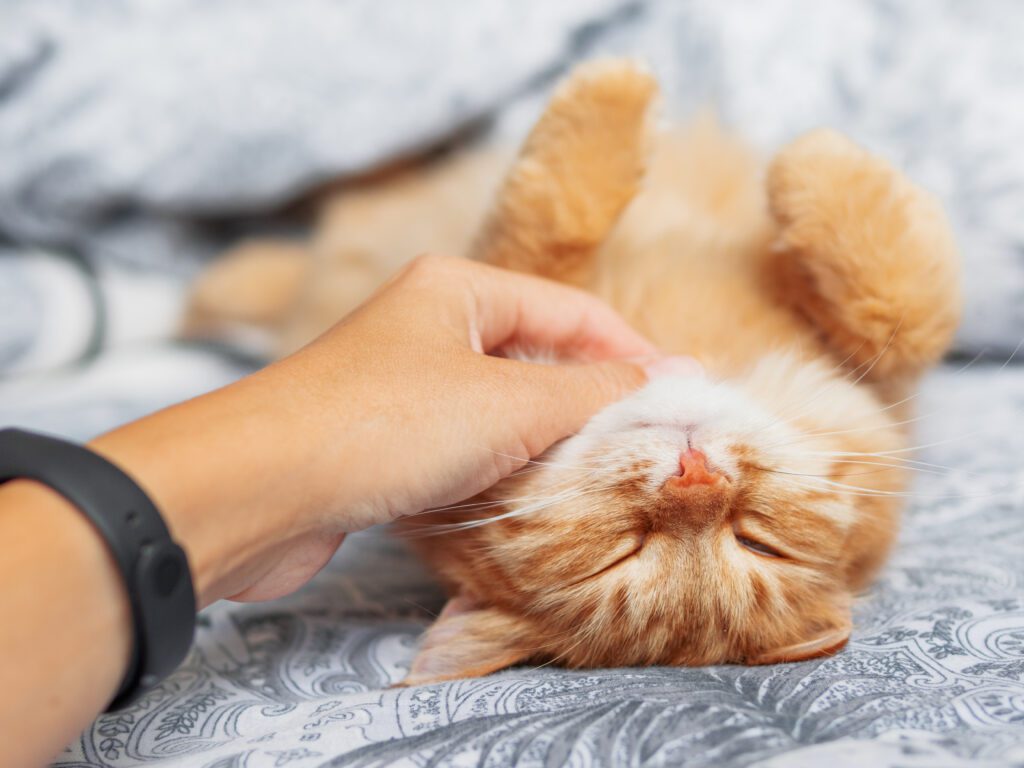
Both the larynx and diaphragm muscles are used by cats to purr during both inhalation and exhalation. A cat’s laryngeal muscles can vibrate between 25 and 150 Hz, which results in a low, persistent buzz that can be both loud and palpable.
How developed are cats’ sense of taste?
Yes, cats can taste, but not like humans do. In contrast to the 9,000 taste receptors on the human tongue, cats only have about 470 on their tongues. Cats can distinguish between flavors primarily by using their acute sense of smell.
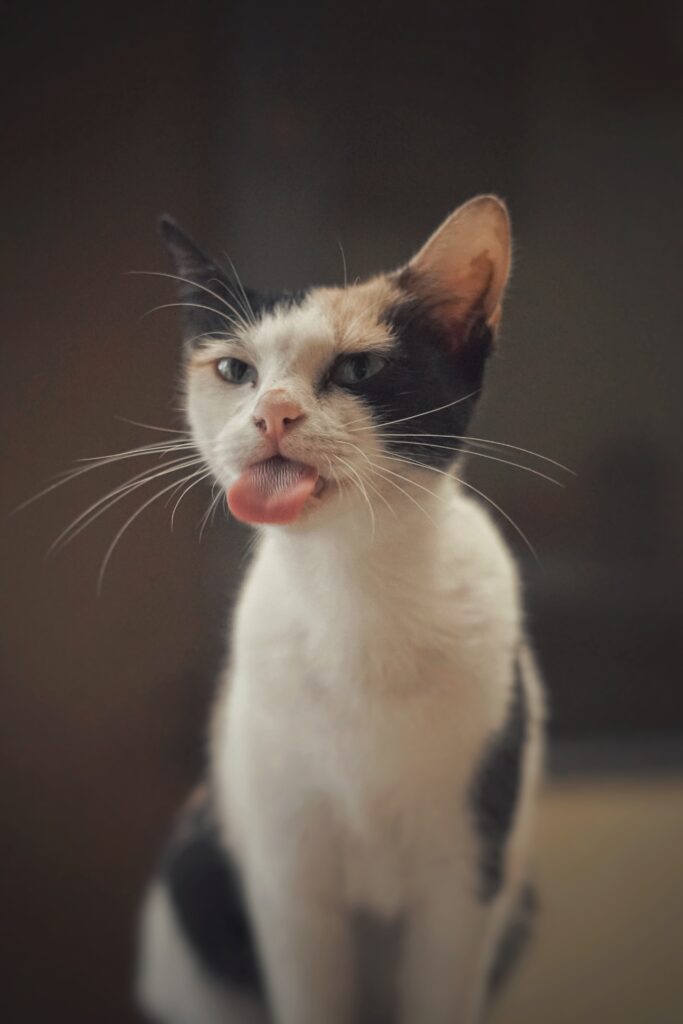
Additionally, they employ a unique organ in the oral cavity’s roof known as Jacobson’s organ to record the essence of some tastes in a manner that we are unable to. To identify dangerous and deadly foods, cats’ taste buds still include receptors for bitter and sour flavors.
How fast are house cats?
The fastest house cats can travel up to 30 miles per hour. That is faster than the sprinter Usain Bolt, who currently holds the world record for humans. However, there may not be a new record in this area. Cats can only maintain this pace for brief periods of time.
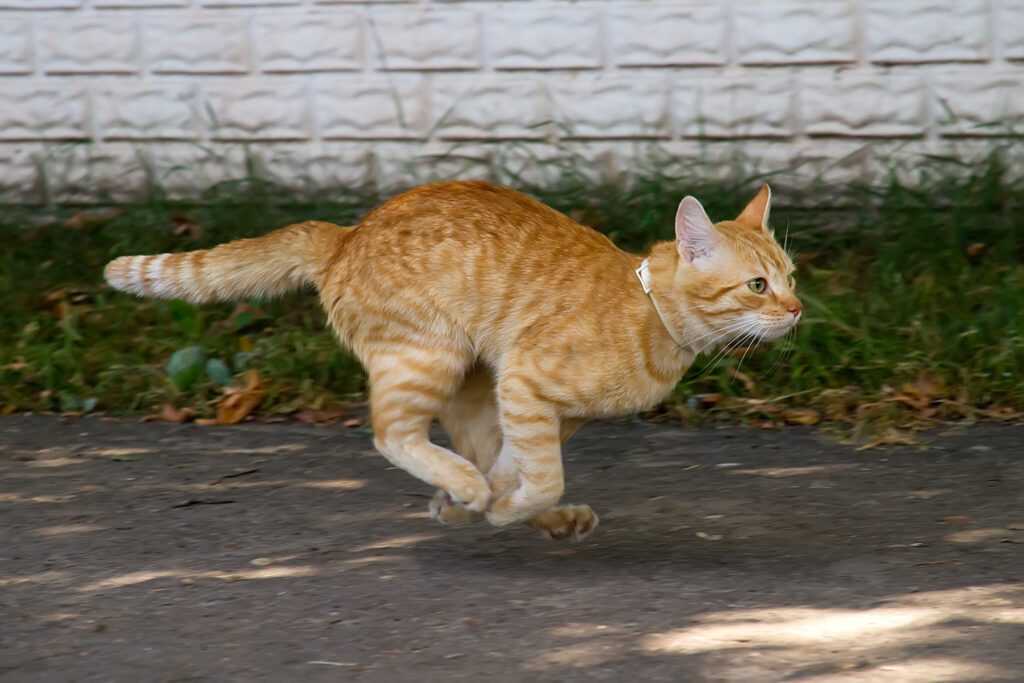
They are undoubtedly designed for sprinting rather than endurance. House cats often run quickly for 50 to 100 meters at maximum before winding down and coming to a rest. Cats use their muscular rear legs as a catapult to propel themselves forward.
White fur and blue eyes don’t always mean good news.
The syndrome known as congenital sensorineural deafness (CSD) affects white, blue-eyed cats which makes them deaf. It is possible for parents to pass on this ailment to their children because it is influenced by genetic factors. Cats with the condition could either have unilateral (impacting just one ear)…
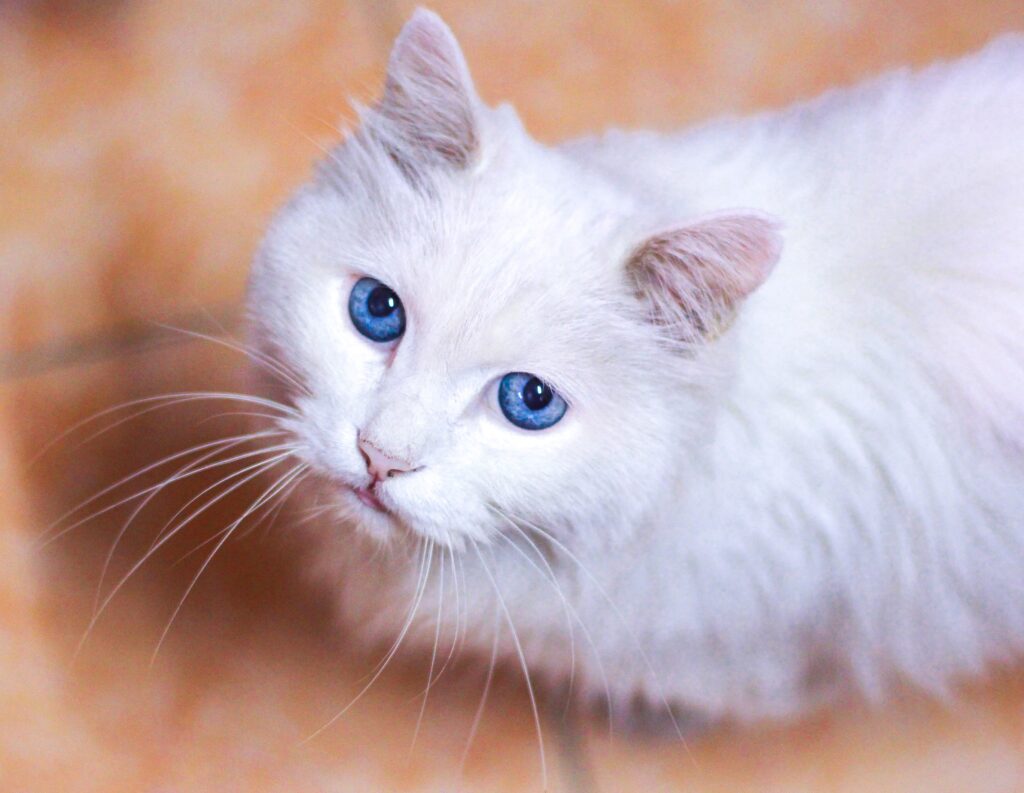
…or bilateral/complete deafness (affecting both ears). Although white cats with blue eyes are frequently discovered to be deaf, not all cats of this specific color will be. Only between 65 and 85 percent of white cats having two blue eyes also have hearing loss.
Cat Heaven: Aoshima Island, Japan
Japan comprises 6,852 islands; several of them have particularly distinctive characteristics. Aoshima is one of roughly a dozen “cat islands” (small areas in Japan where there are disproportionately more cats than people). On the island, cats outnumber people six to one.
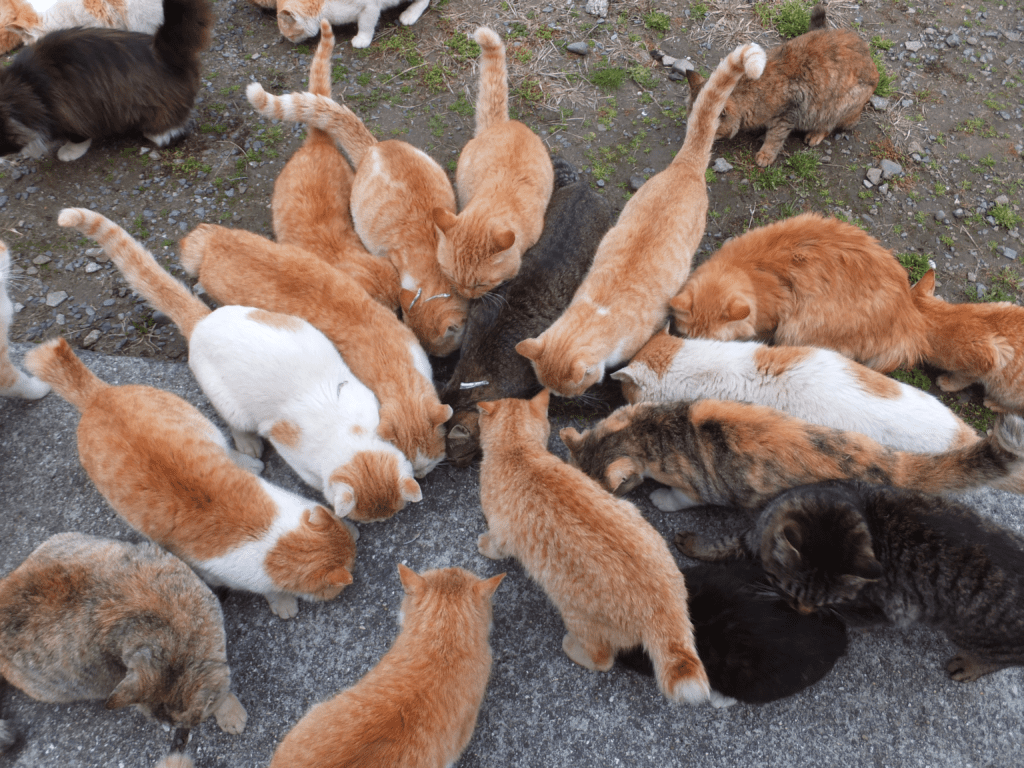
More than a hundred wander freely on the island, curled up in deserted homes or strutting around the sleepy fishing community. Tiny Aoshima has experienced a sharp increase in visitor visits due to recently being well-known online, with tourists exceeding the small number of long-term residents.
Wait, cats have leg whiskers?
Why is a part of a cat’s front legs is covered in whiskers? Carpal vibrissae are a component of their “sixth sense.” Cats can’t use their whiskers on their legs to measure distance; that’s what the facial whiskers are for, in the first place.
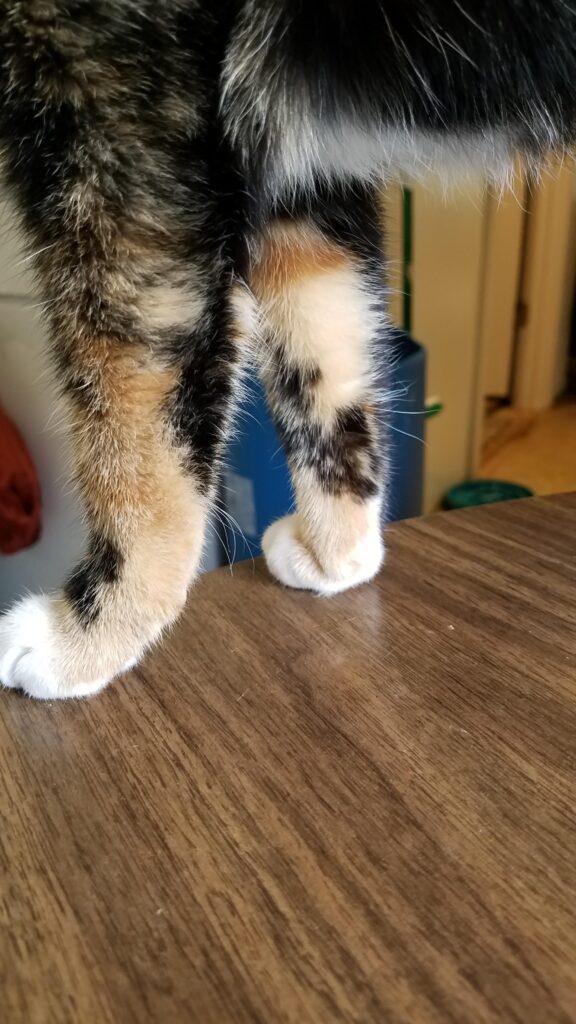
They can determine where their prey is by using the hairs on their front legs. As a result, they are crucial for locating and capturing their prey. According to some research, Carpal vibrissae may modify the stiffness of the limbs, predicting each stride based on the terrain.
The uses of a cat’s whiskers
A cat’s whiskers are mostly used for the perception of touch. Sensory cells are present everywhere around the follicles from which these hairs emerge. Identical impulses which our fingertips give to our brains while transmitting touch data are sent by these cells.
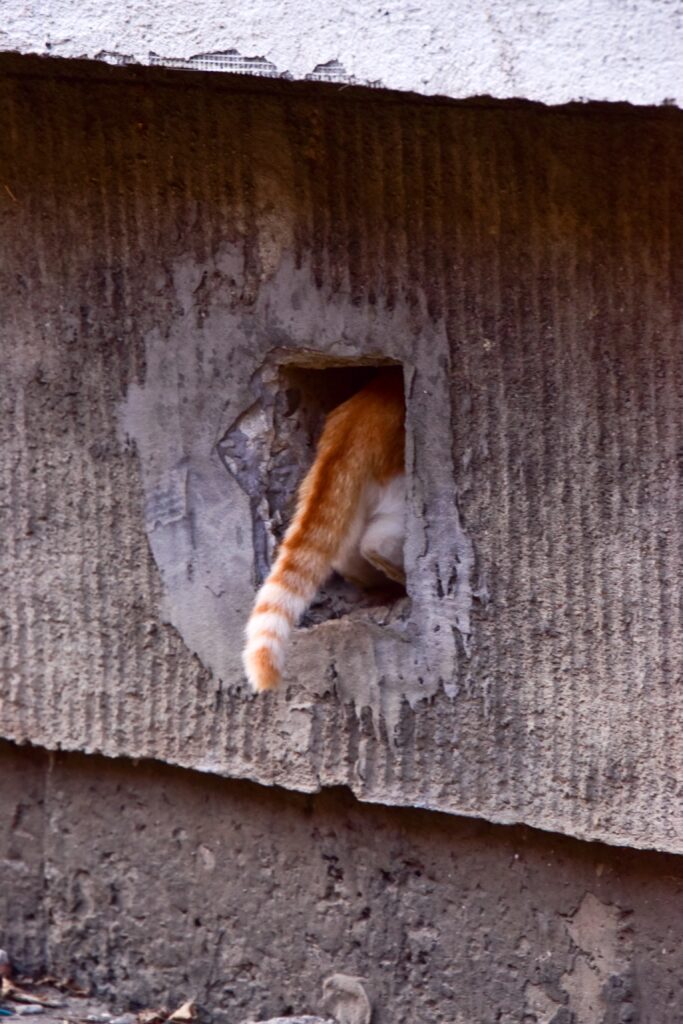
Certain whisker follicle cells even include proprioceptive abilities, which enables cats to determine their orientation with regard to the ground, based on how gravity pulls on their hair. That’s crucial for an animal that is meant to always land on its feet!
The Welsh have the correct attitude
Plenty of cultures regard black cats both as auspicious and harmful omens in their folklore. Black cats are sometimes associated with witchcraft in some European legends, and if one crossed your path, it would be unlucky… which could not be farther from the truth!
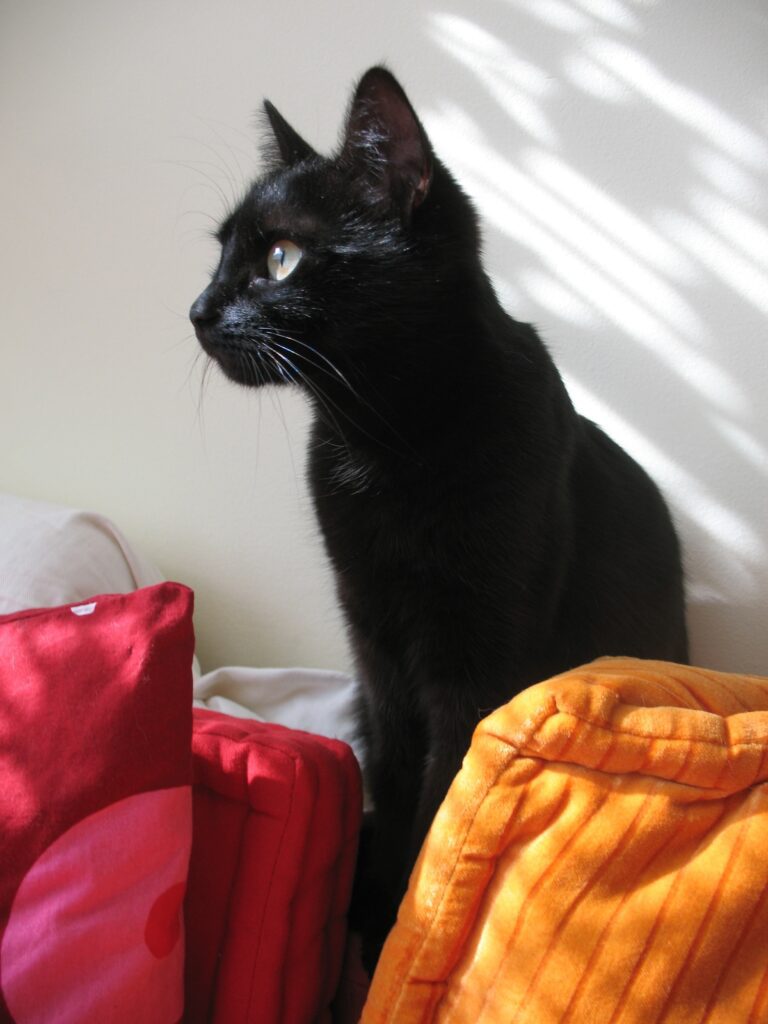
Black cats have been associated with the occult since at least the 13th century when the official church text “Vox in Rama,” which details black cats as the embodiment of the devil. In contrast, Welsh mythology claims that black cats can foretell the weather and provide fortune to a home.
Creme Puff, the world’s longest-lived cat
Jake Perry of Austin, Texas, owned a house cat named Creme Puff. When she passed away at the age of 38 years and 3 days, she was indeed the oldest cat officially documented—based on the 2010 version of Guinness World Records.
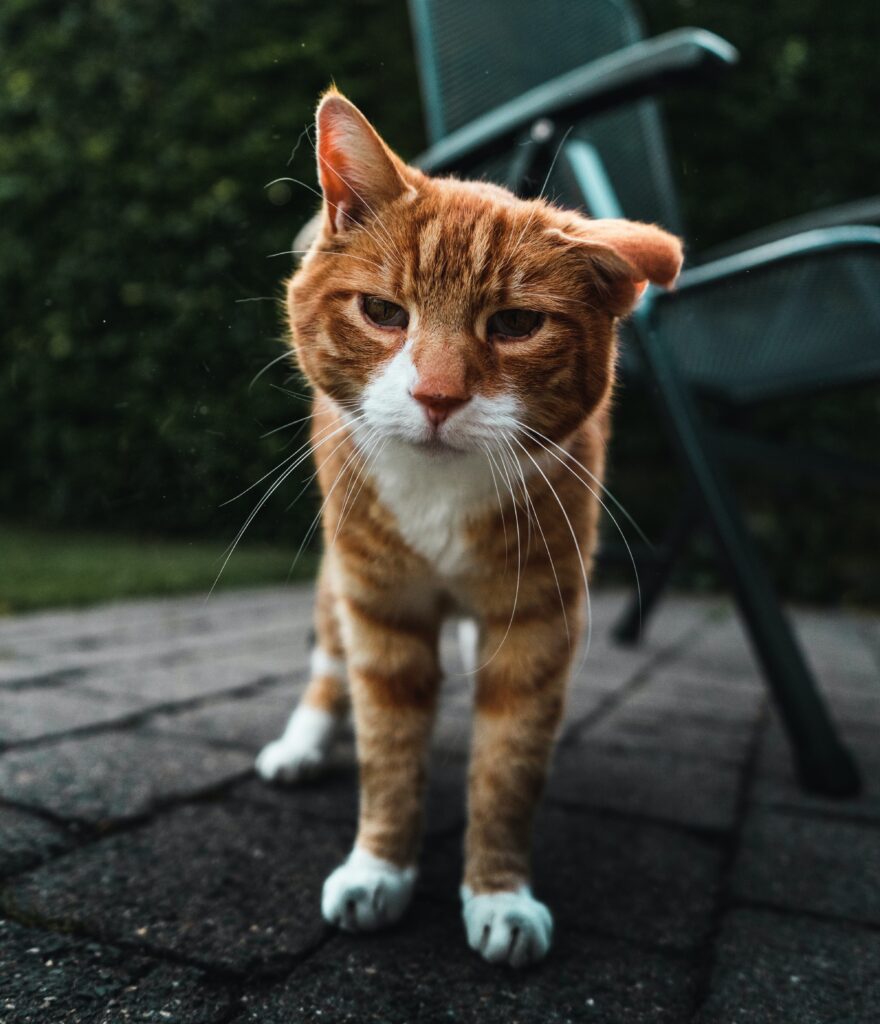
Perry also owned a cat named Granpa Rex Allen, who he claimed was birthed on 1 February 1964 in Paris, Texas. Granpa passed away on 1 April 1998 at the age of 34 years and 59 days, making Granpa the sixth-oldest cat ever recorded.
Did Isaac Newton invent the cat flap?
Many concur that Newton is credited with creating the standard cat flap. It is said that Newton’s studies were frequently hampered by his cat companions. They bothered him with their scratching at the doorway and by casting shadows on the oil lights in his Cambridge University office.
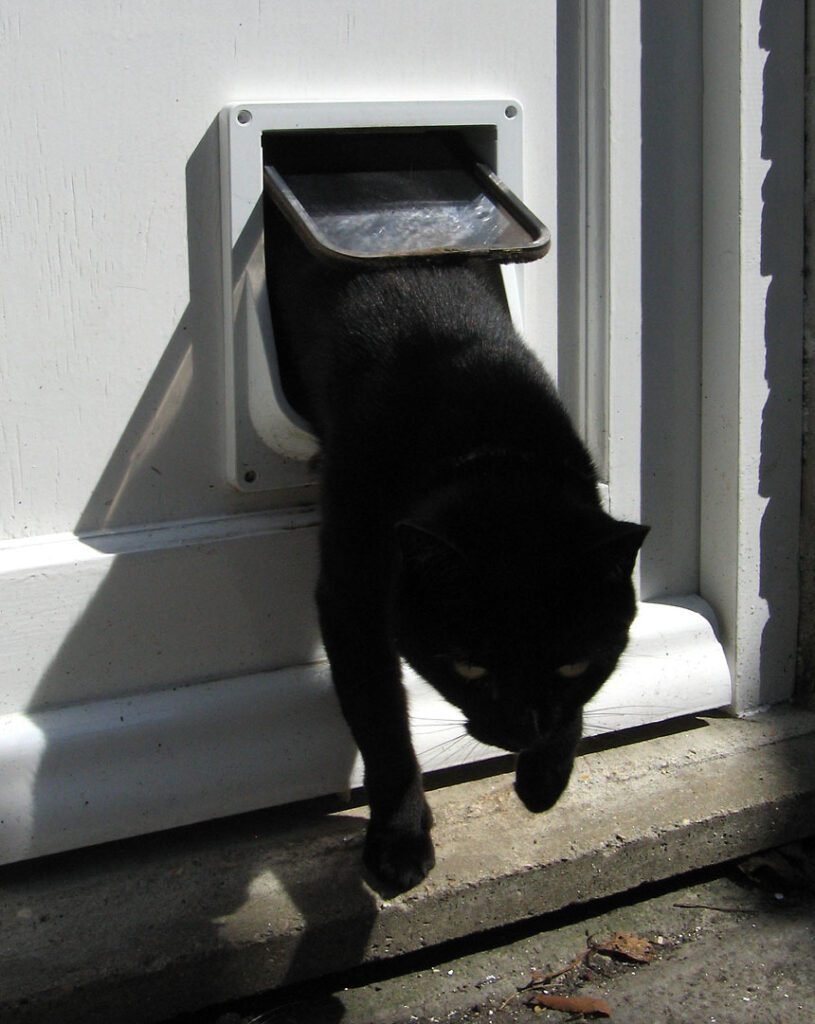
A carpenter was called, and Newton ordered him to make small entryways on the door—two flaps, for the mother cat and her kitten. According to the legend, the little kitten did not use the cat flap since it constantly trailed his mother outside.
Hemingway and his polydactyl cats
The extremely quotable Ernest Hemingway was a lifelong cat lover. When he said, “one cat leads to another,” it could have been referring to the real clowder of cats at his home in Finca, Cuba. But, he might have also meant his house in Key West, Florida.

Cats typically have five front toes and four hind toes. However, currently, the great majority of cats on his estate are polydactyl. That means that they have more toes than usual. That is because of an anomaly in their genetic code.
Why are the majority of orange tabbies male?
At least 80% of orange tabby cats seem to be male, but, notably, they aren’t exclusively male. Due to the sex-linked gene that determines a tabby’s coloration, orange female cats must receive two genes that code for an orange coat—one from each parent.
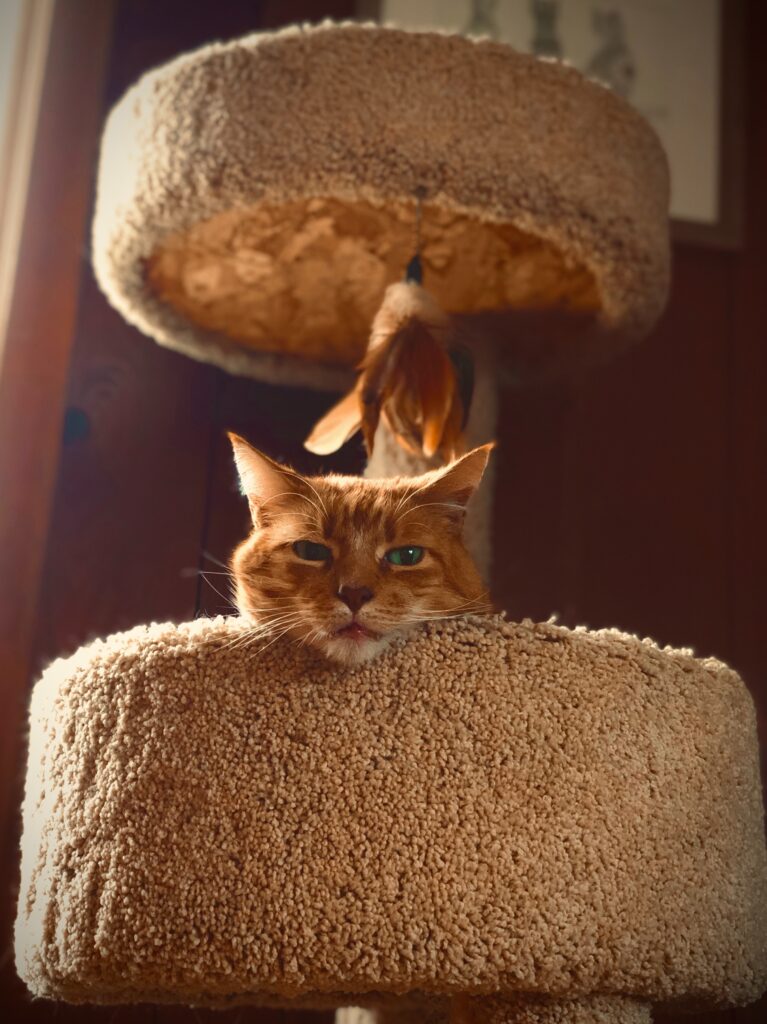
Males, meanwhile, have it all figured out. They just require only one of the genes. As a result, there are typically three male ginger/orange cats for every one female. But there’s one caveat—males must have red, calico, or tortoiseshell mothers in order to be ginger.
The earliest evidence of cats being in our lives
French archaeologists have discovered proof that suggests our tight bond with cats could have started much earlier in human history. In Cyprus, the meticulously buried remnants of a human and a cat were discovered. They were buried with polished stones, seashells, and other ornaments.

This discovery—from the Neolithic settlement of Shillourokambos—is at least 4,000 years older than early Egyptian artwork. The fact that these two were interred together shows that the two species had a close relationship, and the cat may be the earliest domestic cat ever discovered.
What is the Jacobson’s organ found in cats?
A taste-smell organ is the most effective way to describe Jacobson’s organ. It is an auxiliary olfactory system. Pheromones, which are non-volatile molecules, are used to distinguish prey and predators from other felines. This is among other non-cat sources of pheromones.
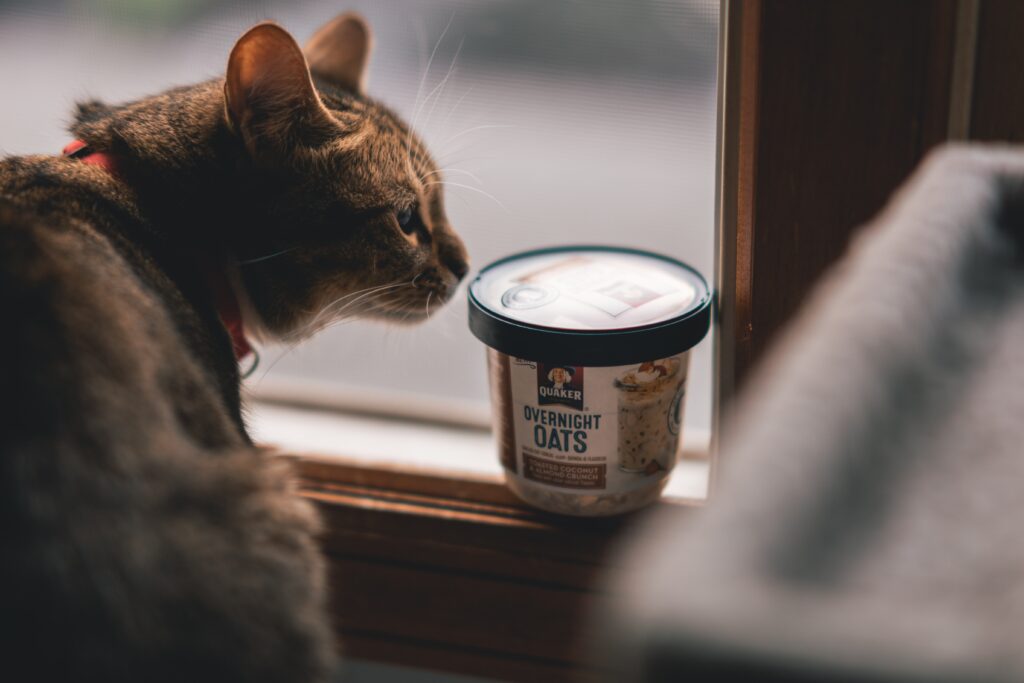
Crucial data, including territorial limits, dominance, and breeding status, are advertised by pheromones found in glandular discharges and urine. Cats’ faces and heads have scent glands that release calming chemicals known as feline facial pheromones. Jacobson’s organ is like a detector that picks up on these chemical signals.
A cat helps to solve a murder
Shirley A. Duguay, a resident of Prince Edward Island, Canada, went missing one day in 1994. She kept a white cat at home as a pet. The father of Duguay’s three children, Douglas Beamish, was suspected by the authorities of killing Duguay.
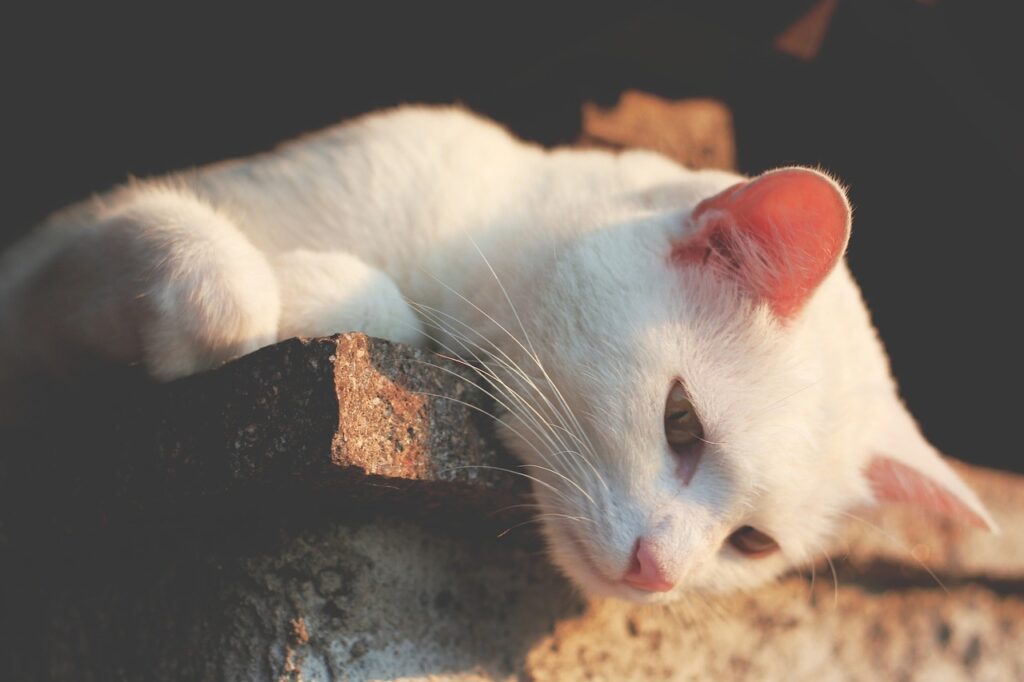
They looked at Beamish’s jacket and saw that it was coated in white cat fur and Duguay’s blood. This proof was sufficient to persuade a jury that Beamish was accountable for the murder. This was the first time non-human DNA had ever been used in a court case.
The seven million pound cat
Ben Rea left Blackie his £7 million ($12.5 million) wealth when he passed away in May 1988. Blackie was the last of the 15 cats he lived in his house with. The rich hermit and antiquarian declined to include his relatives in his last will.
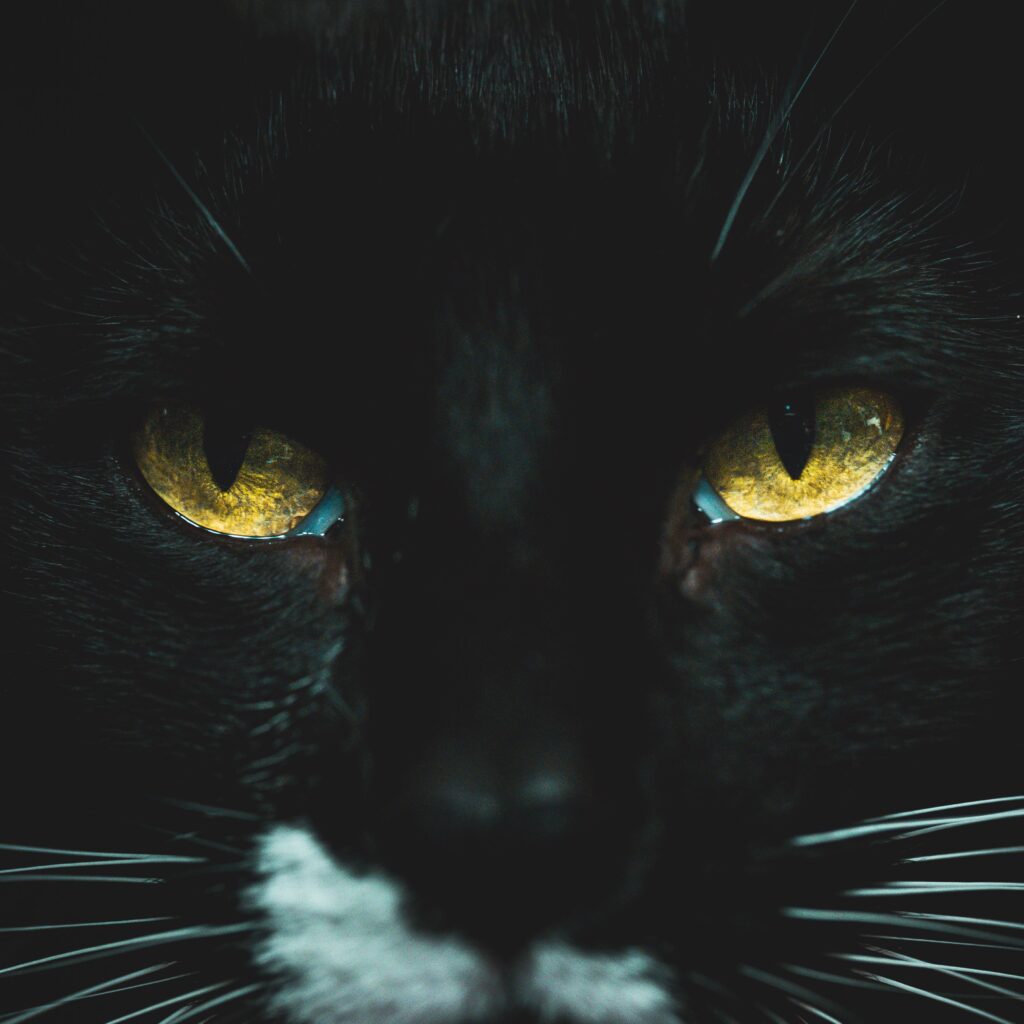
He instead divided the bulk of his wealth among three cat organizations. They were requested to care for his cherished pet. Rea also gave minor sums of money to his mechanic, plumber, and gardener, as well as a house to his pal Ken Randolph.
Why are cat claws curved?
A cat’s claws are inherently curved downward. This makes it easier for the cat to grip and clamp down on objects. It also prevents them from diving head-first when climbing down a tree. The claws gradually deteriorate as a cat moves or uses them.
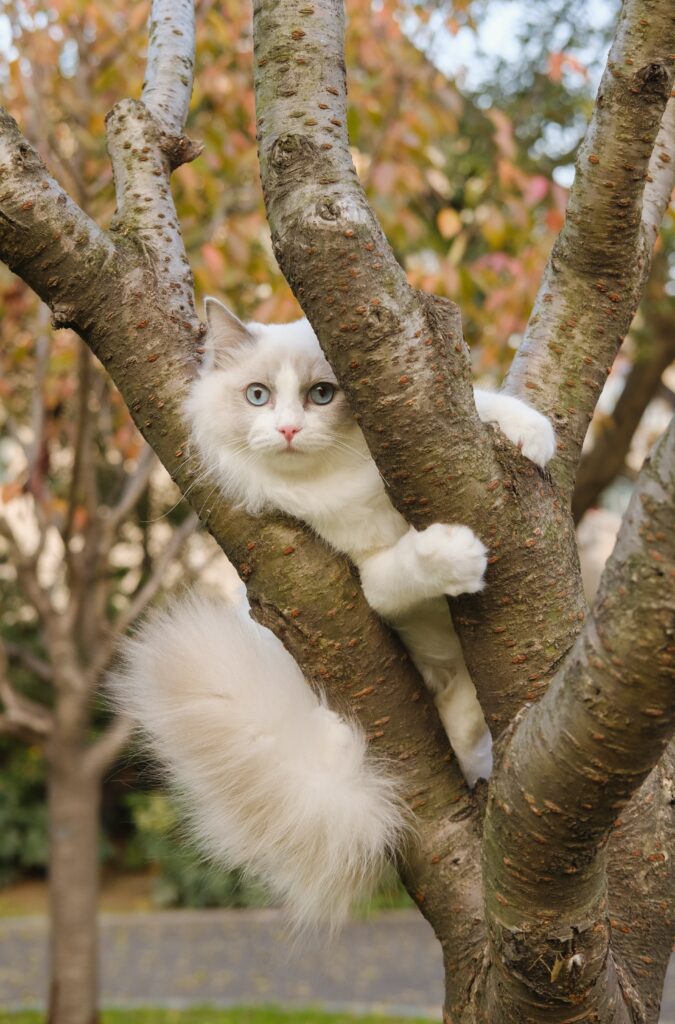
This is advantageous since it stops the claw from extending excessively. Whenever a claw is not ground down and is not allowed to expand freely, it starts to grow into the pad. This might occur if your cat doesn’t receive sufficient exercise.
What actually is a calico?
There is no cat breed called calico. Cats must have three distinct colored patches on their coat—black, white, and orange—to be called a calico. Due to their distinct chromosomal structure, which creates the color variations in their fur, all calico cats seem to be female.
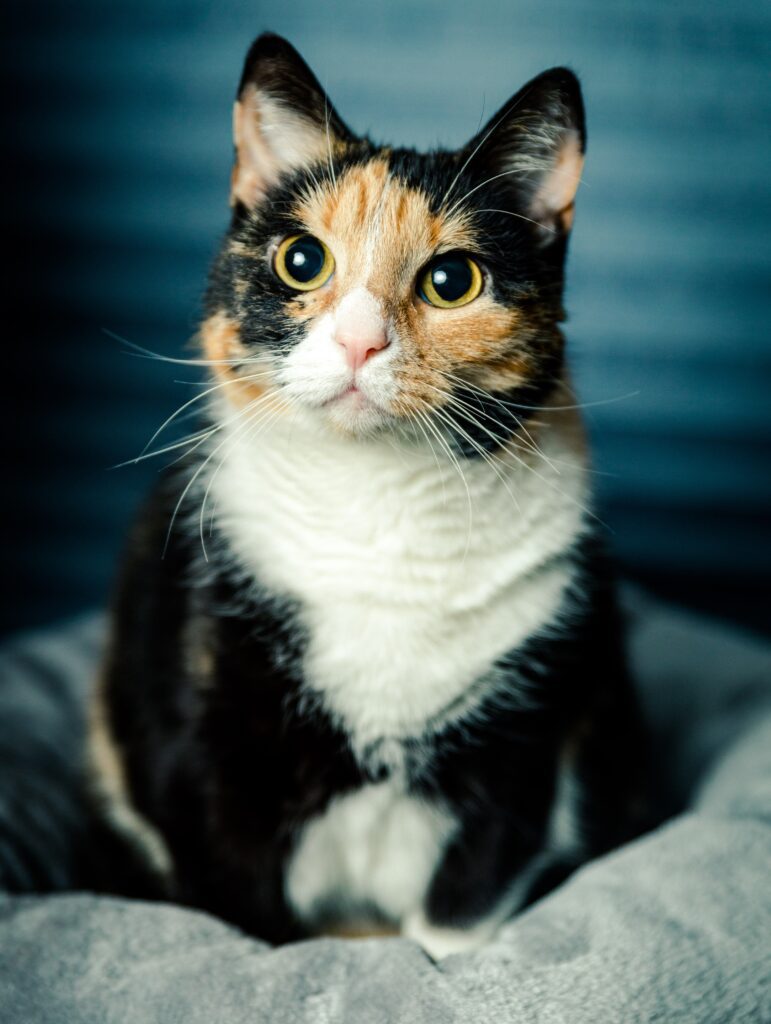
Since, like all female mammals, female calico cats possess two X chromosomes, they also have two color-coded chromosomes. The cat will only become a fully-fledged calico, displaying dual black and orange coloration, if she receives one orange-coded X chromosome and one black-coded X chromosome.
Can cats be lactose intolerant?
Lactose intolerance is actually quite common in cats. When they were weaned as kittens, they drank milk from their mothers, so you might be questioning how that happens. Like humans, cats are born with the enzyme (lactase) required to break up lactose.
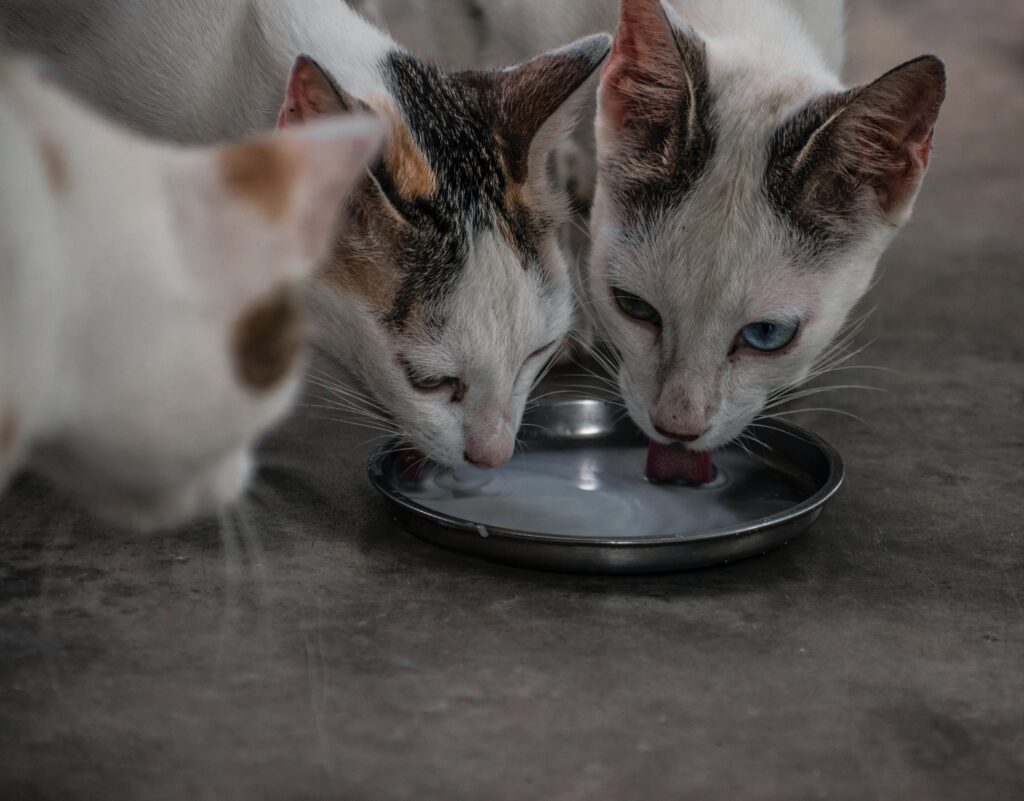
Many older cats lose this enzyme. This indicates that the lactose that’s not absorbed after they consume cheese, milk, or some other dairy product remains in their gut and starts to ferment. To put it mildly, this frequently causes abdominal discomfort and diarrhea 8 to 12 hours later.
Félicette, the space cat
There is a bronze statue honoring Félicette, the only cat to have ever made it through an outing into space. It can now be found at the International Space University in Strasbourg, France. The cat traveled into space in 1963 as part of a brief suborbital mission.
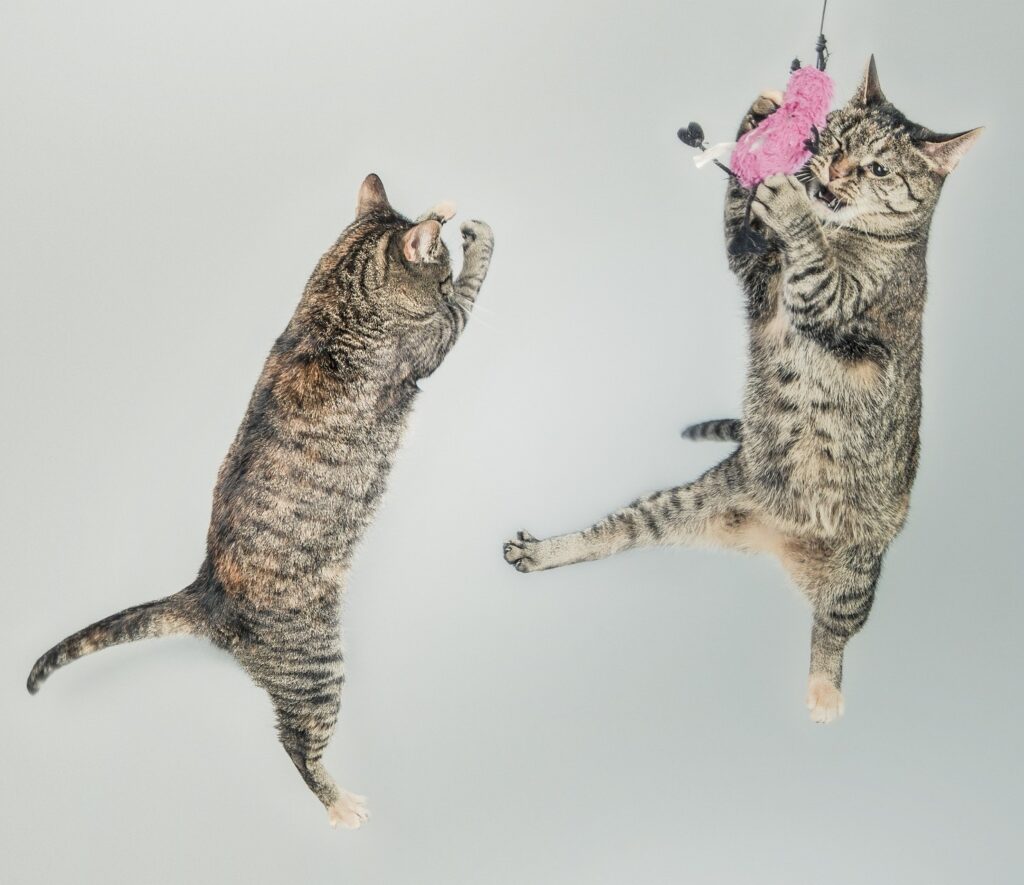
The monument, which was revealed in December, is the result of a Kickstarter effort started in October 2017 by cosmic cat aficionado Matthew Serge Guy. More than 1,100 customers contributed a total of $57,000 in Félicette’s honor. France had only launched rats into space prior to Félicette.
Can cats detect earthquakes?
There is factual evidence to support the claim that cats can sense impending tremors. One such argument is based on the notion that animals, such as cats, can identify the ions produced as the planet’s subsurface plates shift and collide.
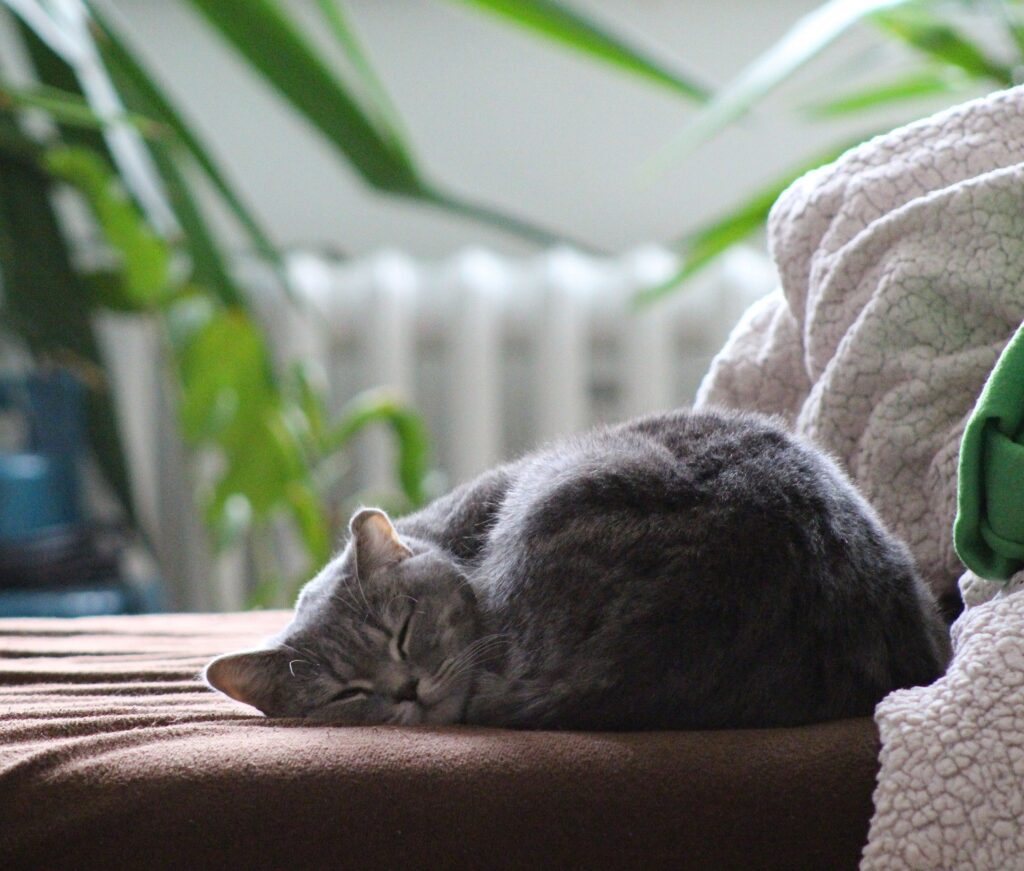
This is owing to the outer surface of cats being a great deal drier than a human. That, in turn, makes felines more prone to pick up on electrostatic variations. Similar theories say that cats are inherently more sensitive than people, allowing them to anticipate earthquakes.
How many eyelids does a cat have?
Cats possess three eyelids instead of one or two. Whenever the lids are shut, the top and bottom of the initial two eyelids connect in the center of the eye, just like our own. The nictitating membrane, or third eyelid, is a movable membrane.
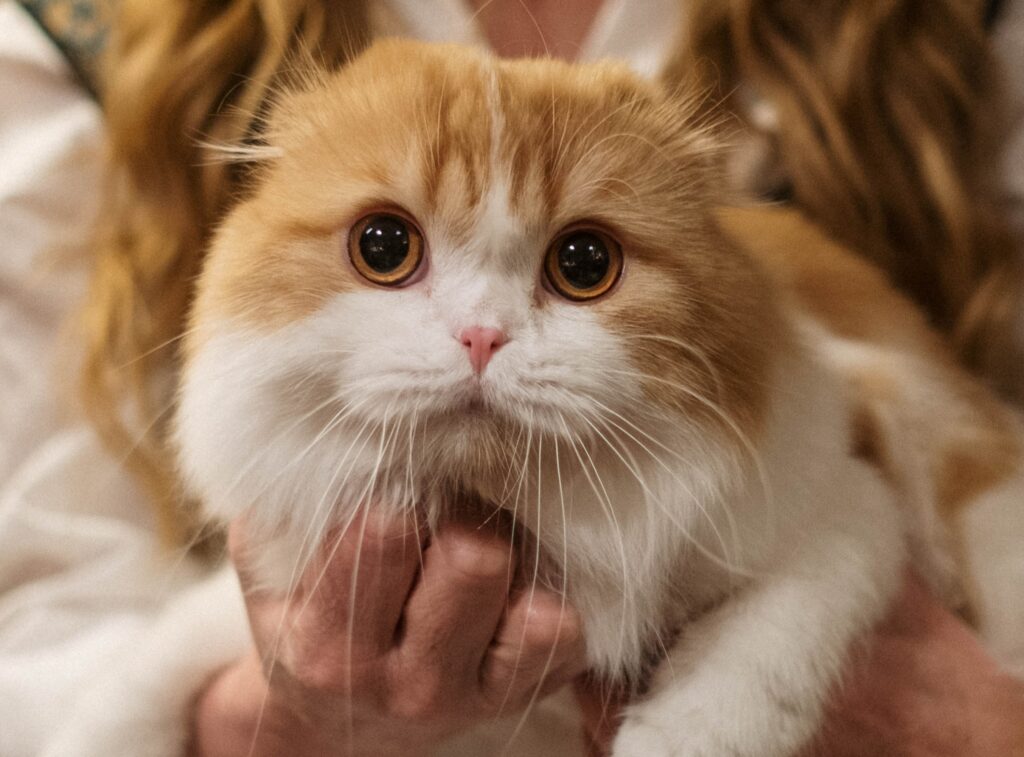
It is found inside the inner edge of each eye (closest to the nose). The third eyelid of an animal acts as a windscreen wiper whenever it blinks. It sweeps across the corneas beneath the eyelids to remove dirt, pollen, dust, and other particles.
How to (potty) train your dragon
Approximately three weeks after birth, whenever kittens can expel on their own, potty training starts. Most cats have already been taught to use the toilet before they move into a new house or even have the ability to do so instinctively.
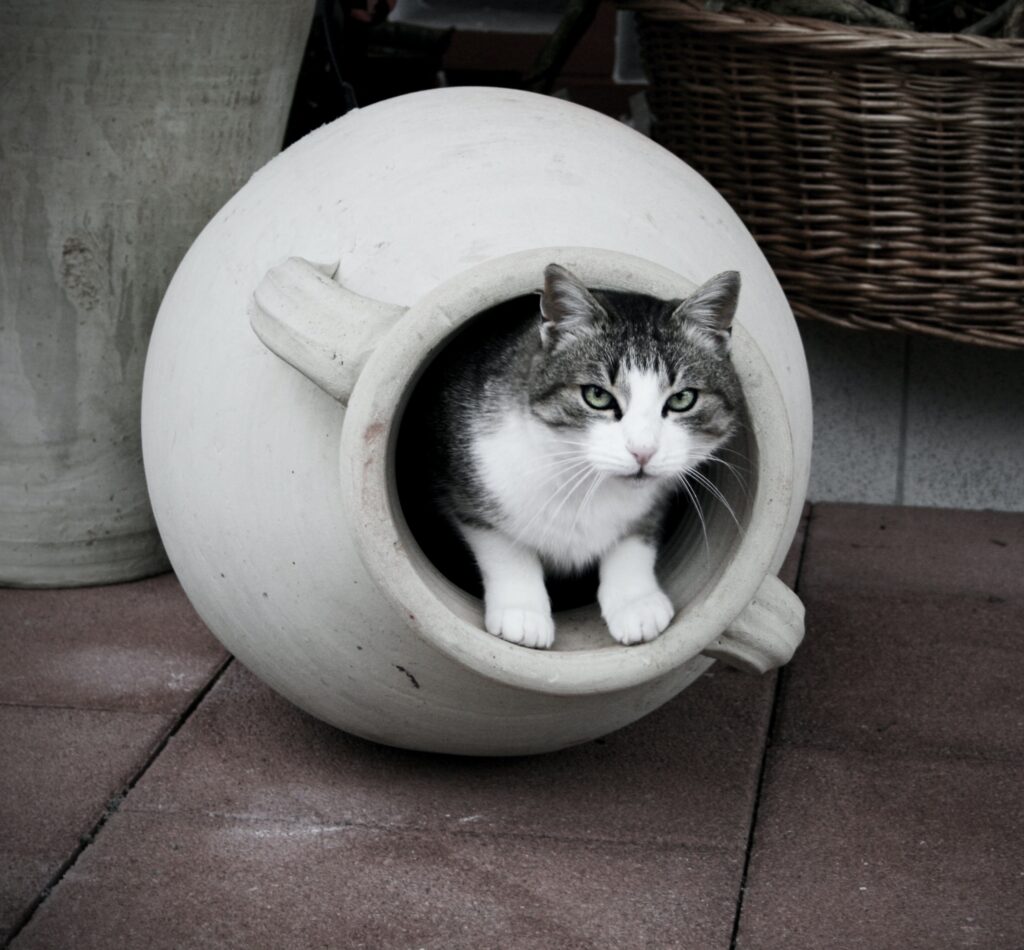
Others, particularly stray and smaller cats, will have to be taught a few simple tips in order to fully utilize the cat litter box. Thankfully, cats can be taught to use the toilet in just one week. As it always is, educating our pets requires patience.
Can a cat be given a blood transfusion from a dog?
The statement that a cat can never get canine blood as a transfusion is wrong. Dog blood CAN be given to cats, but only one time. Although xenotransfusion is rarely effective, it seems that cats do not naturally have any antibodies to canine blood.
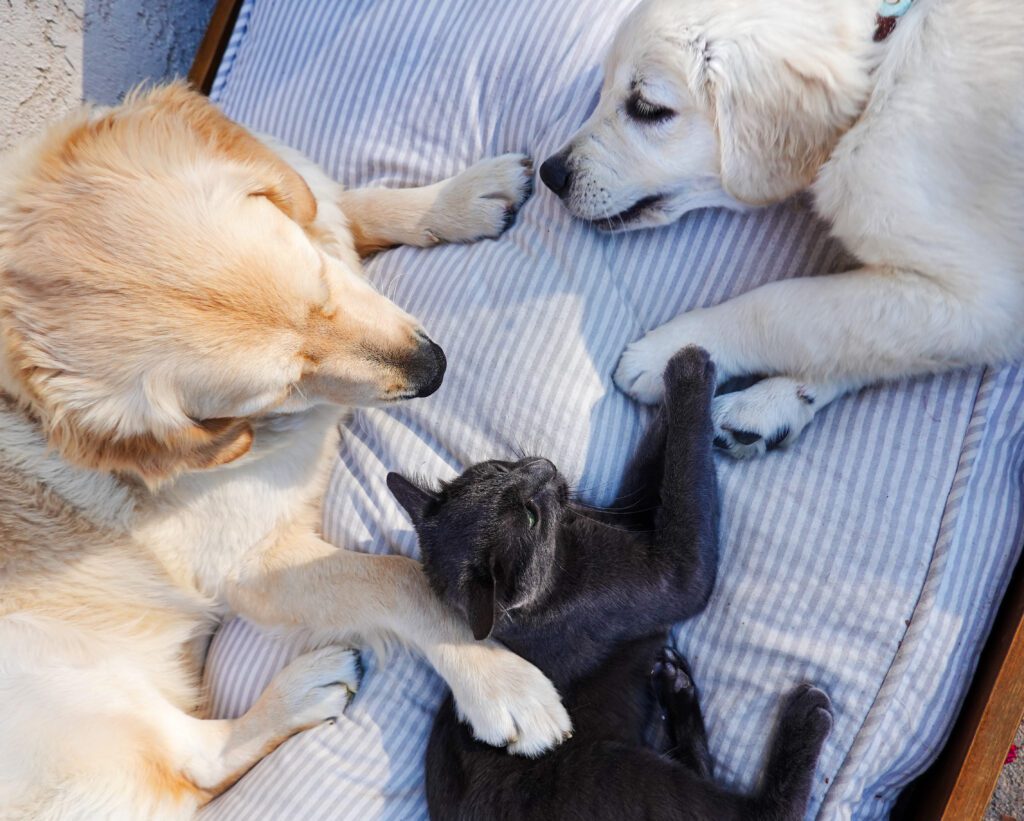
That’s according to a 2013 study. Clearly, transfusing a cat using dog blood isn’t really optimal, but knowing a dog is a potential donor is helpful if a cat is in danger of dying from anemia and no other cats are in the area.
The uniqueness of a cat’s nose
Underneath a microscope, you may observe a sequence of ridges and bumps on your cat’s snout. Every cat has a different assortment of patterns on its nose, just like people have different fingerprints. Within their nasal cavity, cats possess 200 million olfactory receptors.
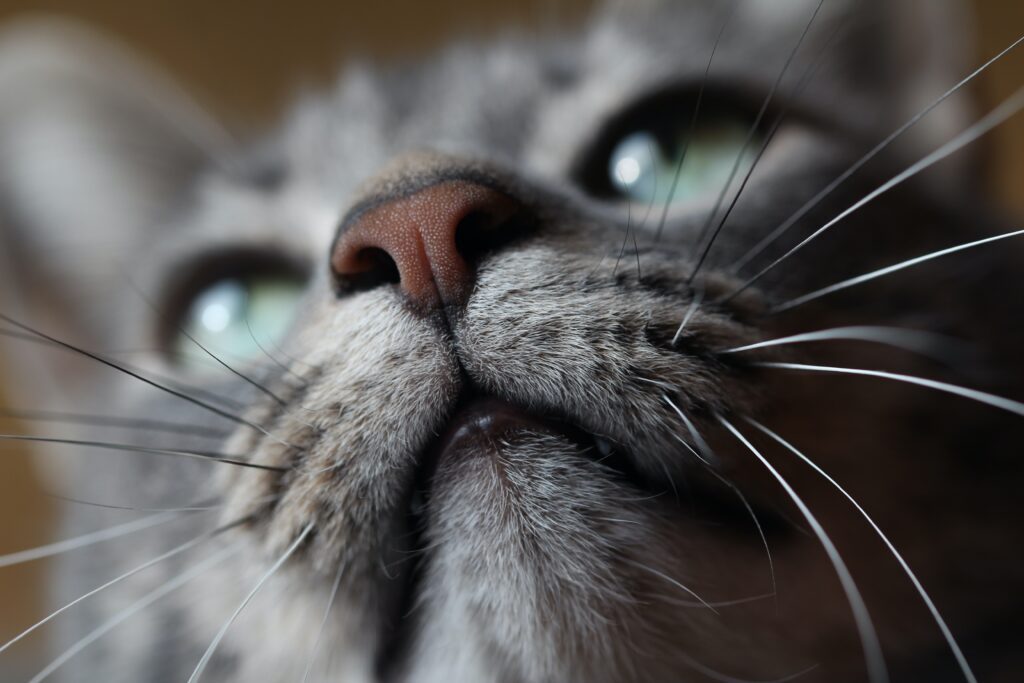
That is even more than some canine breeds have. Your cat employs his extraordinary perception of smell to locate prey and learn, in minute detail, where he has gone and what he has eaten. Now that is an impressive array of abilities!
Why European colonists brought cats to America
The first cats who came to America were known as “ship cats” by the colonists. That’s because their main objective was to purge the ships of any rodents. The colonists had to keep a lot of food in storage because they were traveling great distances.
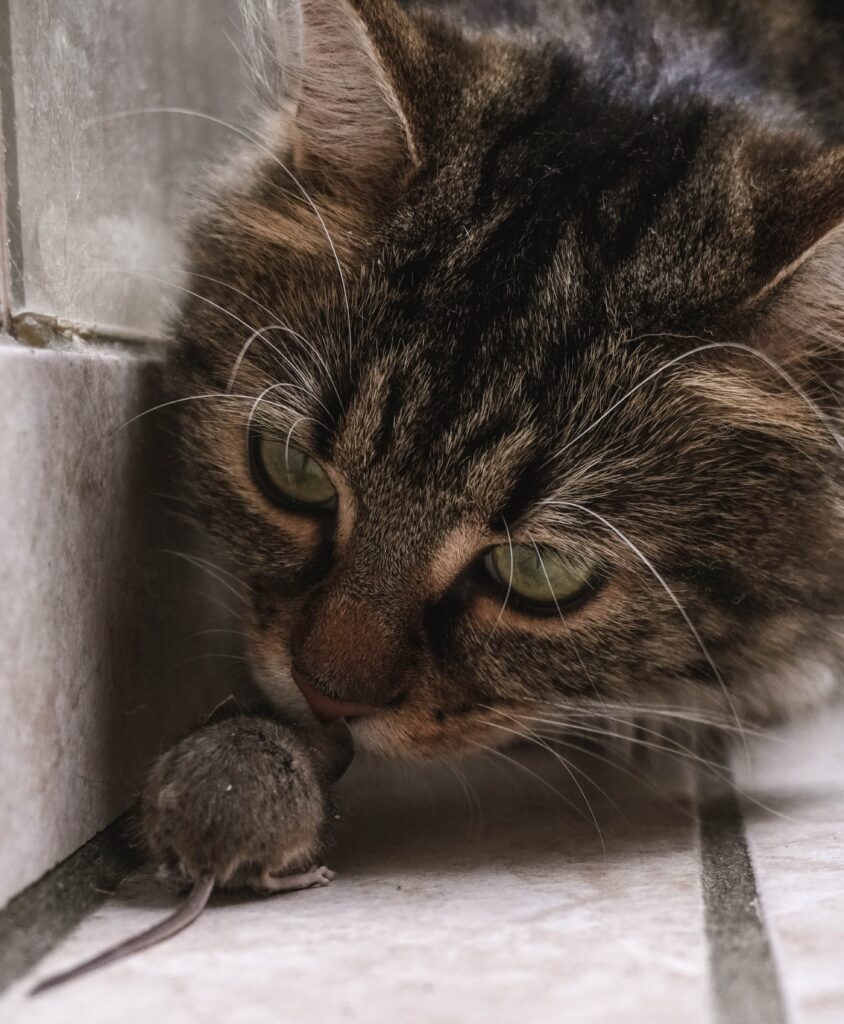
Rodents frequently contaminated or disrupted the ship’s food sources, halting sailing expeditions due to the risk of famine. Thus, cats were employed solely as mousers while America was being formed. When the settlers reached the American shore, the cats were given permission to come into their homestead.
How quickly does a cat’s heart beat?
A cat’s typical heart rate can vary significantly based on a number of variables. Numerous research has looked at healthy cats’ typical heart rates. Heart rates in healthy, content cats at home usually varied from 80 to 160 (averaging 120).
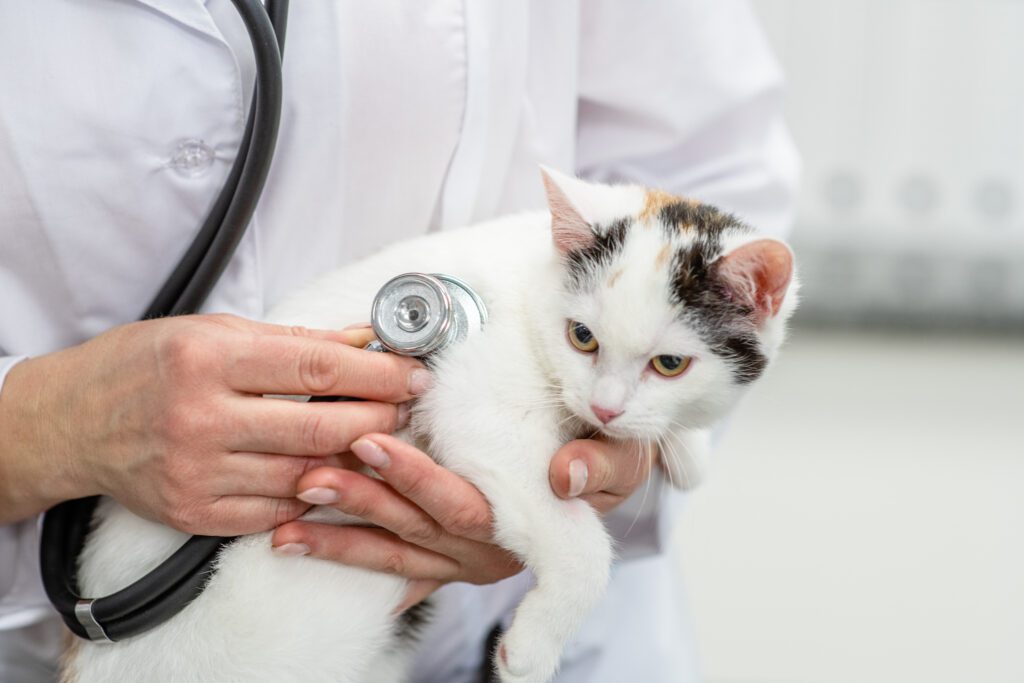
It increased to 142 to 222 in healthy cats visiting a vet facility (where they may be mildly stressed). And, unsurprisingly, a cat’s heart can beat much more slowly or more quickly if it has one of several illnesses, such as cardiovascular disease.
The relationship between ancient Egyptians and cats
Ancient Egyptians respected the animals that lived in their environment. Many of them were connected to gods or had beneficial human traits. No animal, though, was revered as much as cats. Many gods and goddesses had a close relationship with cats.

Mummification was used for more than human remains. Yes, Egyptians occasionally mummified their pet cats. When a cat passed away, according to Diodorus, its human relatives would become deeply distraught and shave their eyebrows. Additionally, as a votive tribute to the goddess Bast, cats were also mummified.
Can cats taste sweet stuff?
According to research, cats are the only animal species that lack part of the proteins required to produce the gene that aids in the body’s ability to taste sweets. Cats only possess one of the two proteins that make up the human taste bud.

Tas1r2, one of the two proteins responsible for identifying “sweet” tastes, is absent in cats. A cat does taste something sweet whenever they eat it, but it’s not what we would consider to be sweet. So, for instance, a marshmallow might taste like a potato to a cat.
What’s with cats and green olives?
Because of the same reason that it enjoys catnip, your cat adores green olives. These plain fruits contain several of the same compounds as catnip, particularly isoprenoids and pimentos. These substances cause your cat to become disoriented and calm by targeting the pleasant receptors in its brain.
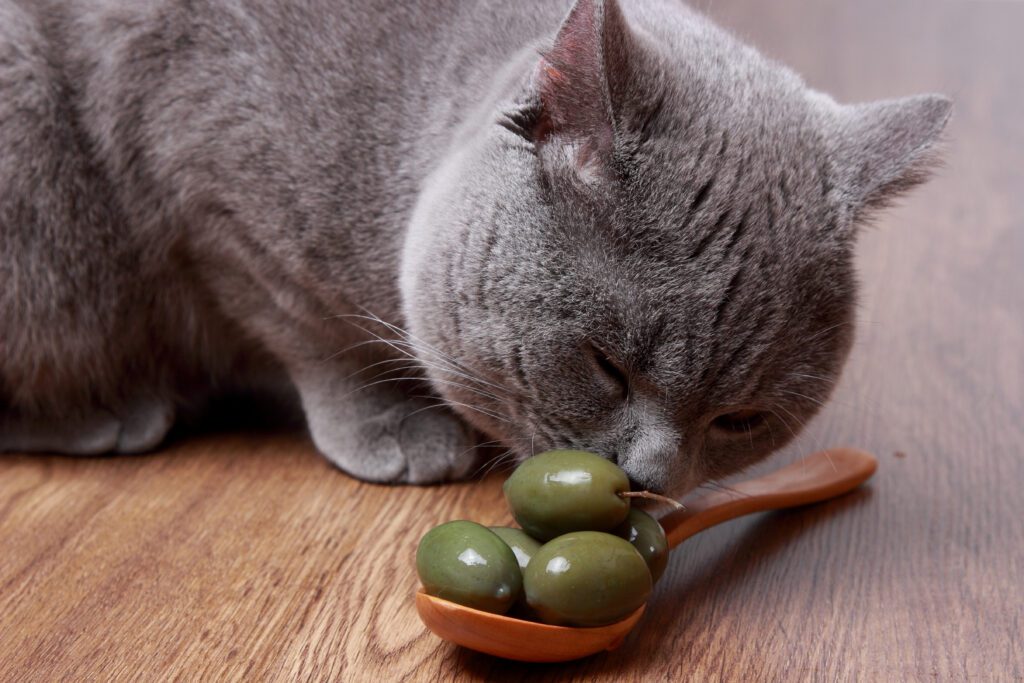
This means that your cat might roll around, turn over, brush itself against things, or get very aroused. A cat will frequently prefer the smell of the olive to its taste. After all, cats are carnivores and won’t make a special effort to consume fruits and vegetables.
Are cats right-handed or left-handed?
According to a recent study, cats exhibit lateral bias, much like people do. That means favoring one paw over another for things like reaching for food or playing with toys. But unlike humans, who are predominately right-handed, cats are spread across the board in terms of paw preference.
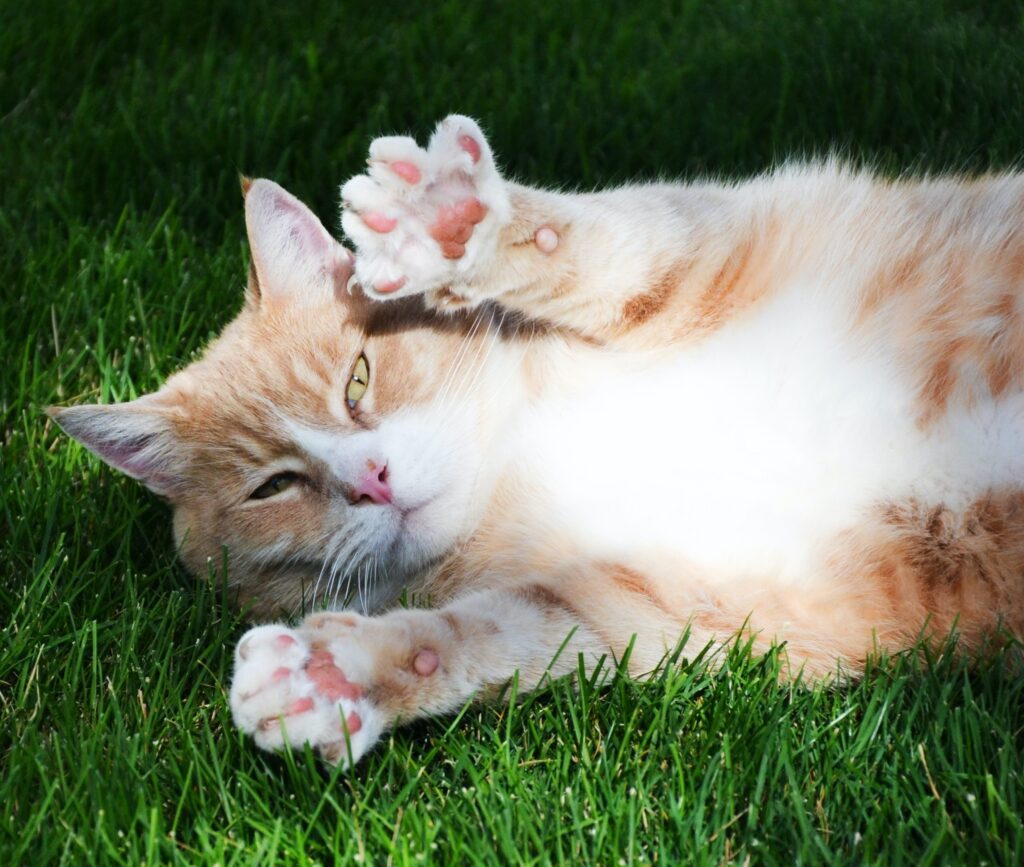
Furthermore, researchers were astonished to discover that cats’ handedness seemed to be related to its gender: female cats tended to prefer their right paw, while male cats tended to prefer their left. Even though the “handedness” wasn’t as strong as in humans, it was an interesting glimpse into cat behavior.
Do cats dream?
It’s crucial to realise that cats use their rest to rapidly replenish their energy and prepare for their next hunt. House cats do not hunt for food, after all, but they do have a tendency to sleep the majority of the day.
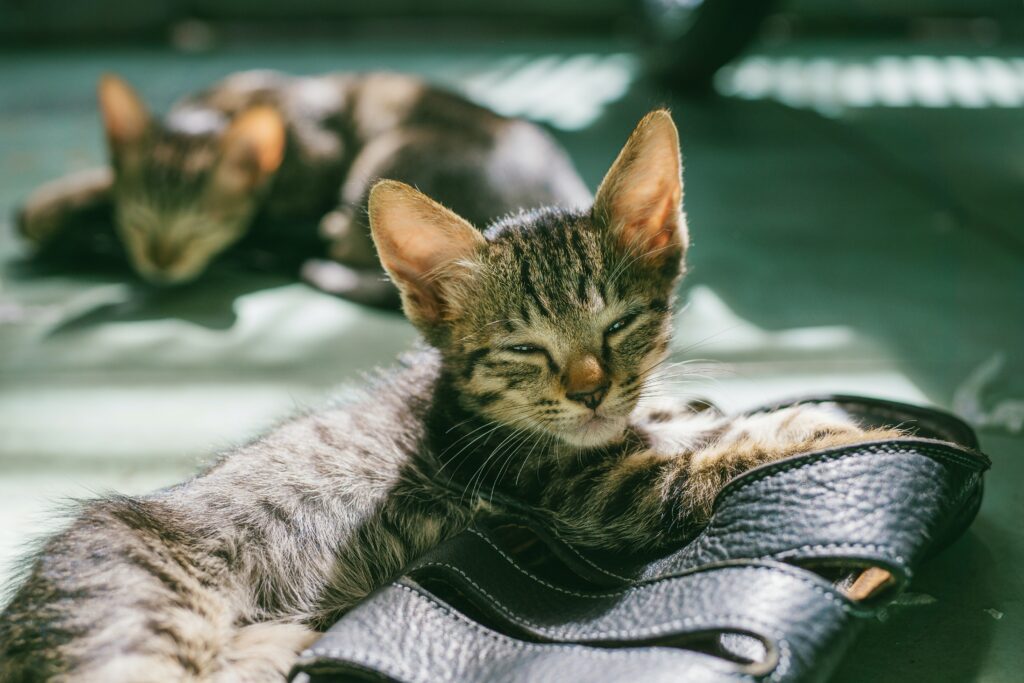
In this sense, cats’ ability to survive and maintain good health depends on their ability to sleep. As a result of their prolonged sleep, they spend a lot of time sorting through their experiences throughout the day. So yeah, cats do dream.
Smokey, the proud owner of the loudest purr
Tolerating a cat that has a purr that overpowers TV shows and phone calls demands a certain kind of cat lover. The English couple Ruth and Mark Adams believe that Smokey, their cat, may very possibly be the loudest cat in the entire world.
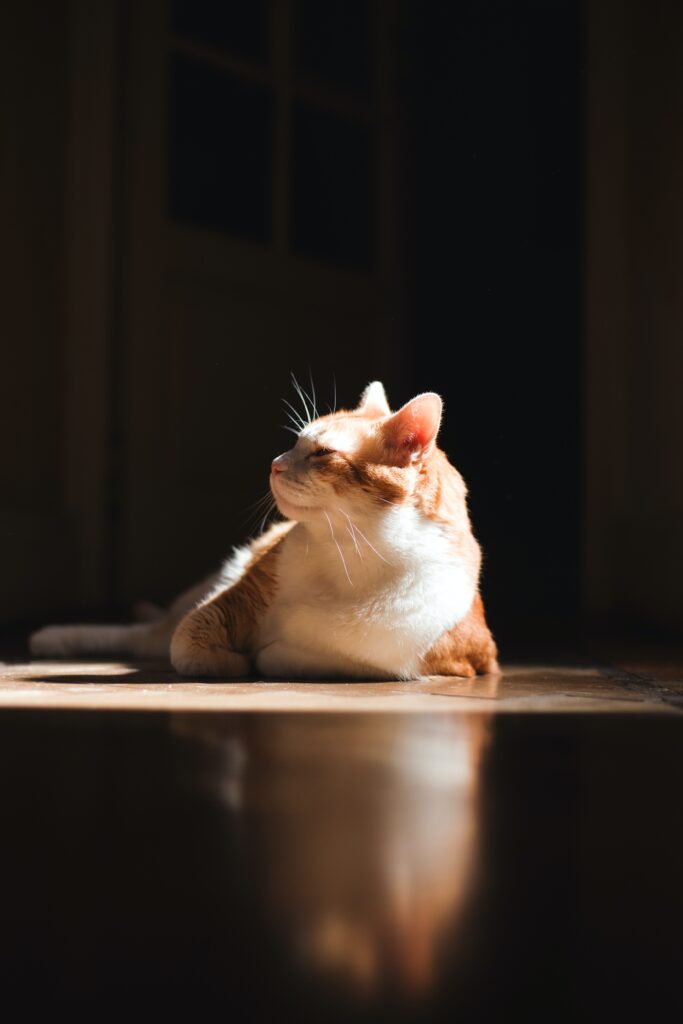
The Daily Mail claims that the cat’s loud purr registers at 92 decibels at close quarters and 80 decibels at a distance of five feet. The normal cat purrs at 25 decibels, but a lawnmower or hair drier can be heard at 92 dB.
Oscar the cat, doubling for the grim reaper
You have every right to be worried if Oscar the cat wished to really be your friend. The Steere House Nursing and Rehabilitation Center in Providence, Rhode Island, was home to the infamously antisocial cat. Only individuals who were nearing the end of their lives received his affection.
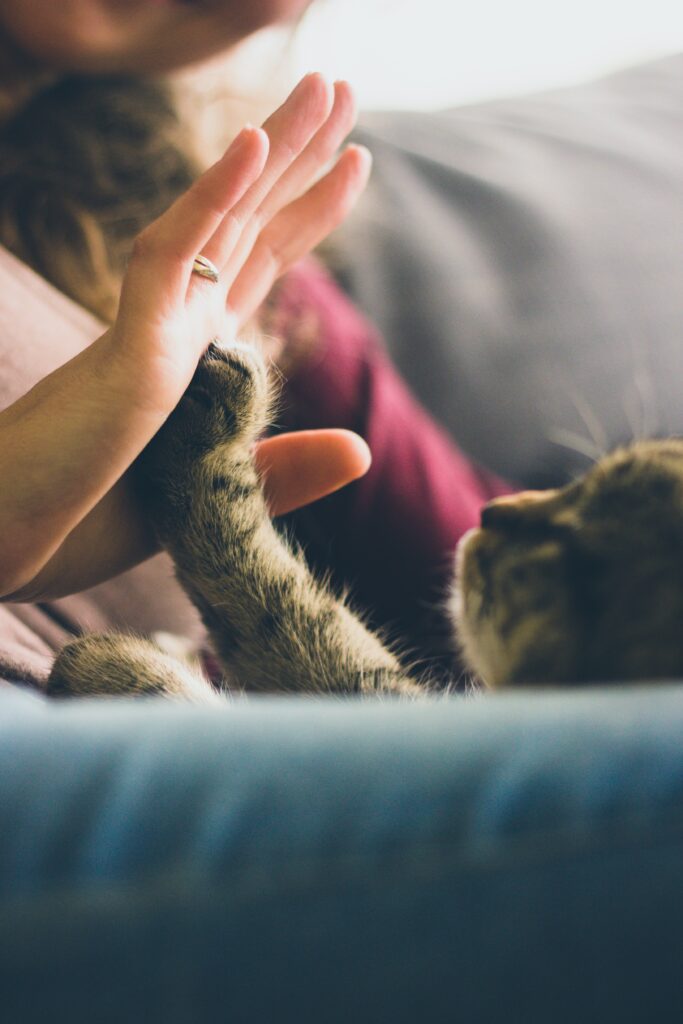
If someone was healthy, they wouldn’t receive his adorable presence. The so-called “miracle cat,” who is 10 years old, reportedly has correctly “predicted” as many as 100 fatalities at the advanced-care dementia unit in which he has lived ever since he was a kitten.
